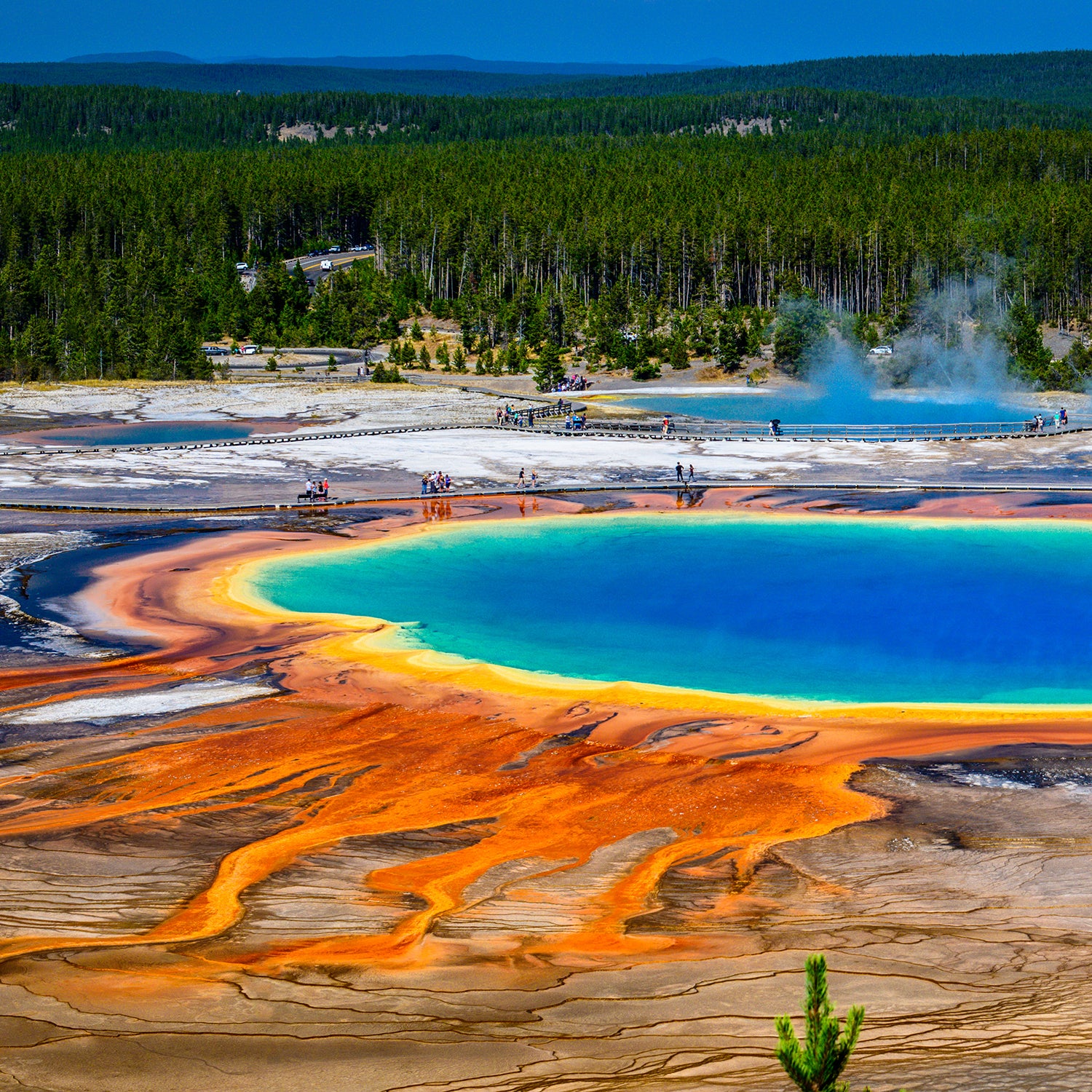Operating our parks is expensive. They’re not moneymaking machines (despite Secretary of Interior Ryan Zinke’s ). They cost a lot to manage, and the current National Park Service maintenance backlog is at $11.6 billion, a figure that gets bandied about quite a bit and can seem pretty overwhelming. But half of that number is actually money needed to repair some in our park system. When you really drill down and only include repairs considered “critical” to running the parks—things like functioning bathrooms or campground and hiking trail maintenance—the figure is much more manageable, at $3.5 billion.
So, $3.5 billion? Sounds like chump change to the feds. Up until recently, the federal government was spending to maintain outdated tech and computers that still ran on floppy disks—granted, some of that equipment operated our nukes. But consider published by Senator John McCain’s office that rounds up dubious spending. In 2015, the report highlighted $294 billion the government gave to programs it was no longer authorized to fund, like researching the , nearly half a million dollars on a dog-bite prevention website, and—seriously—$387,000 for a National Institutes of Health grant to study the effects of Swedish massages on rabbits.
The government spends a lot of our tax money on things of questionable need. Our public lands, however, are only becoming more loved, more used, and in dire need of repair. Thanks to some photos provided by the National Parks Conservation Association, we got a peek at what the maintenance backlog really looks like.
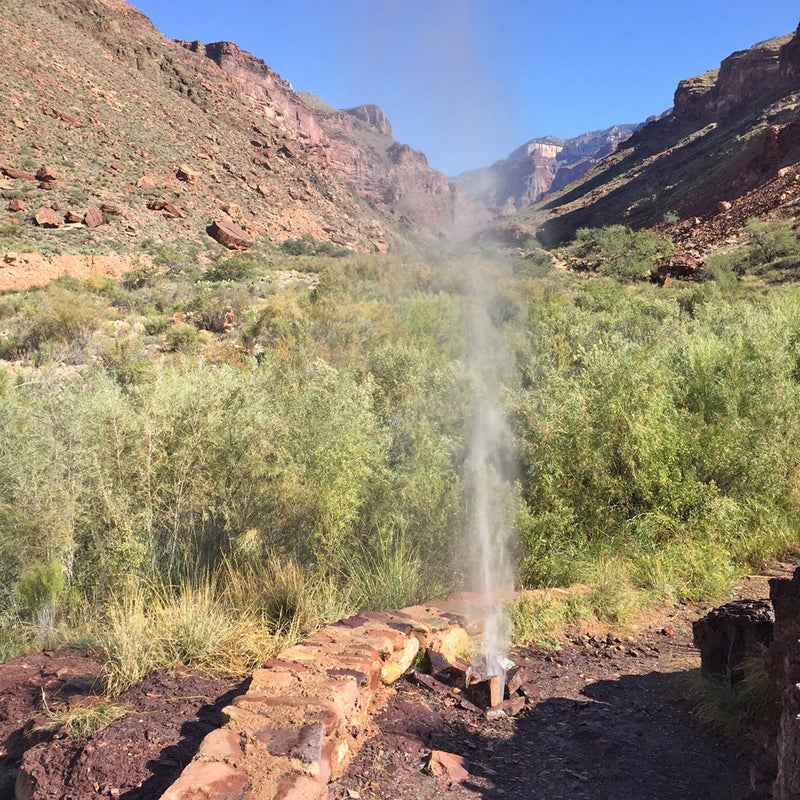
This photo is from Grand Canyon National Park, where a pipeline broke and was spewing water à la Old Faithful. As of last September, Grand Canyon had in deferred maintenance costs.
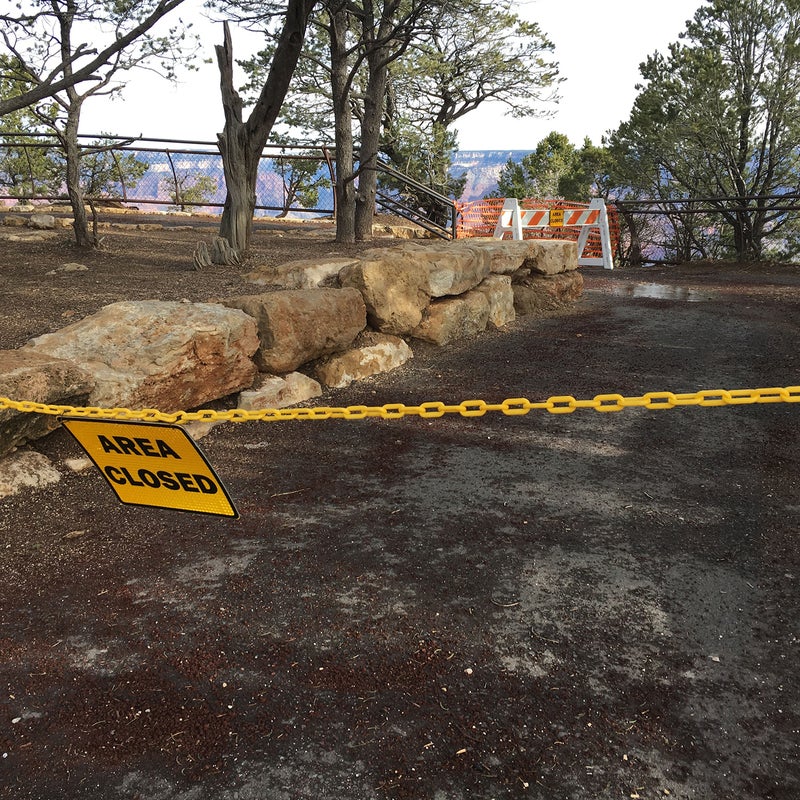
This is also from Grand Canyon, although a ranger told ���ϳԹ��� all overlook trails are now operating.
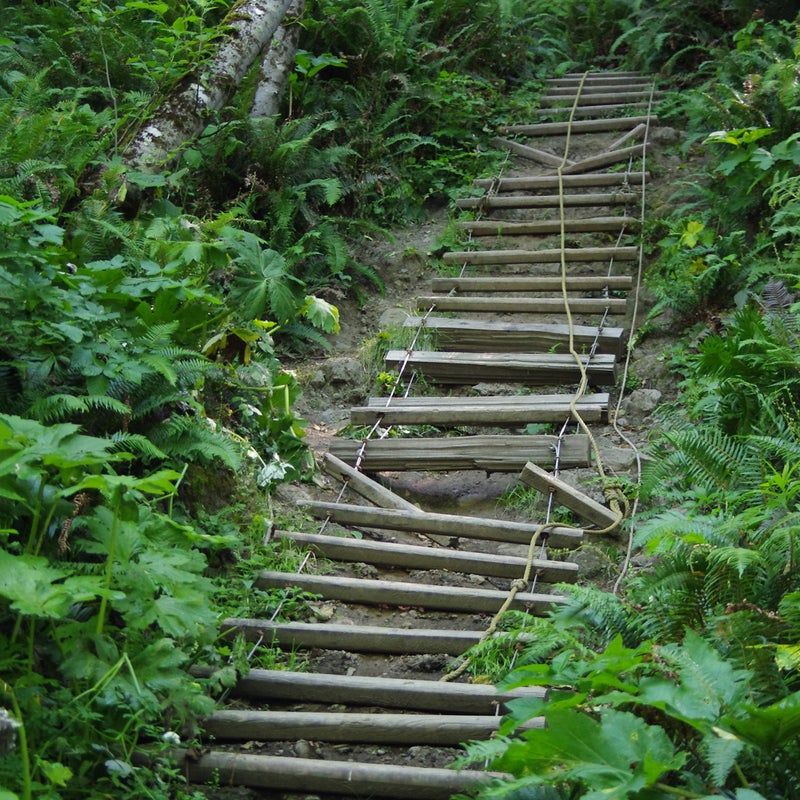
This is one of the many rope ladders in Olympic National Park, and as you can see, it’s not the safest climb. Olympic was one of the parks where Zinke wanted to double entrance fees to help pay down the backlog. It was a hugely unpopular plan, and he eventually . Olympic has about in deferred maintenance costs.
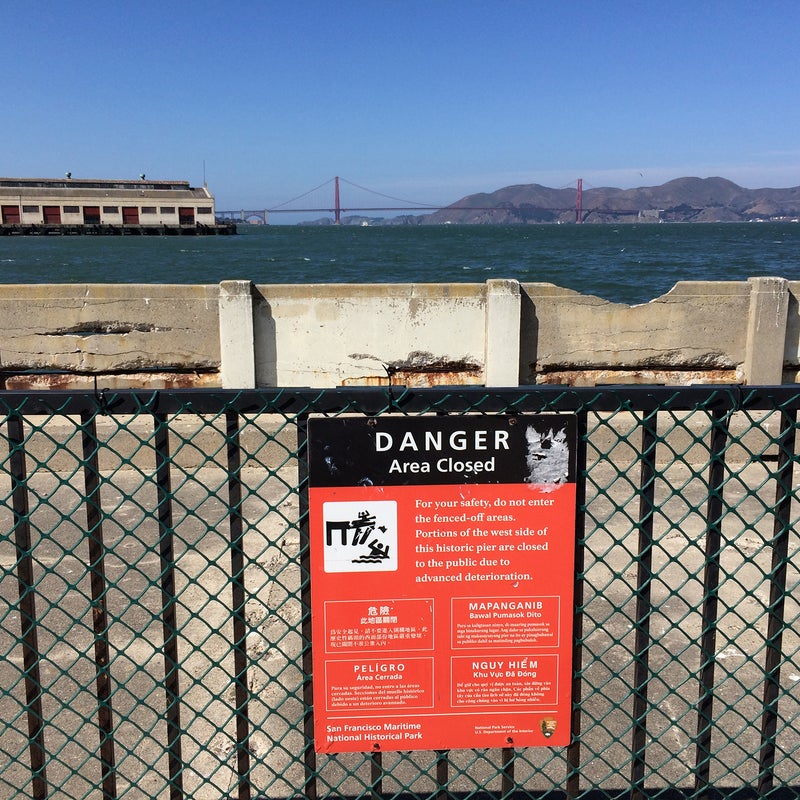
At the San Francisco Maritime National Historical Park, signs like this keep visitors far away from the pier where, as the stick figure indicates, you’re liable to fall through the crumbling cement walls and end up in the frigid water. The park has a total of $86 million in deferred costs.
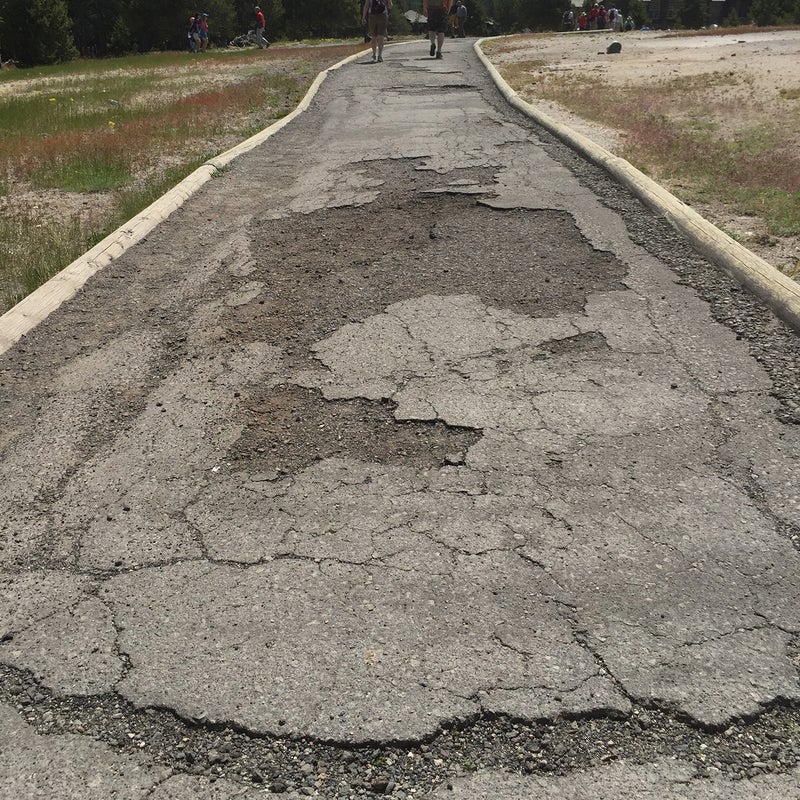
This is a crumbling walkway in Yellowstone National Park. There are a lot bigger issues to deal with there, like the increasingly untenable visitation. But it’s a sign of much larger problems when we can’t keep our most iconic park in top shape. Yellowstone has more than a backlog.
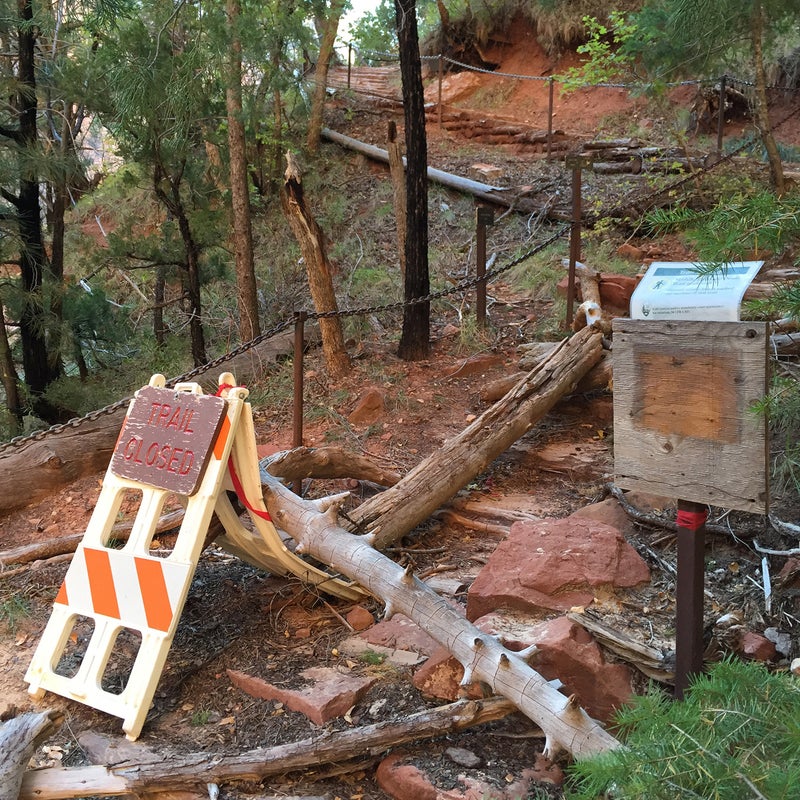
Zion National Park’s trail to Emerald Pools was closed for seven years until last July, when a from the George S. and Dolores Doré Eccles Foundation supplied the funds to open the pathway, hopefully by the end of 2019. Zion’s backlog is .


